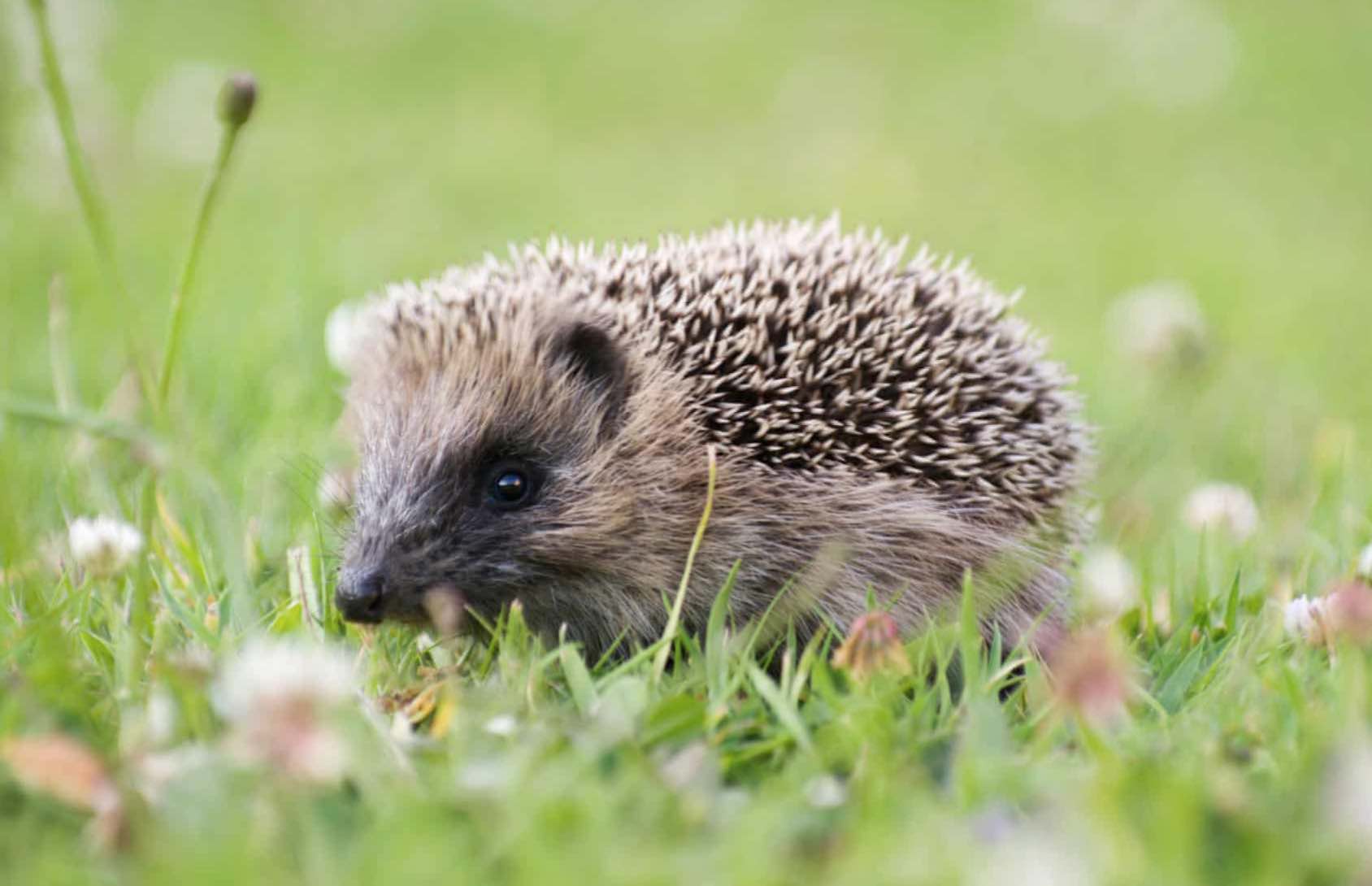By Tess McClure
Consider the hedgehog. Tiny, rotund, bright-eyed and snuffling, they are shampooed for internet videos, fed saucers of milk by children, and have been immortalised by Beatrix Potter’s Mrs Tiggy Winkle. Of all the nocturnal mammals one may encounter poking through the backyard at night, they are surely the most beloved.
But in New Zealand, these small, trundling, spiky creatures are killing machines.
New Zealand is a hedgehog paradise. Whereas in Europe they are hunted by pine martens, foxes and badgers, New Zealand’s hedgehogs have few predators. Unchecked by the food chain, they meander blissfully through forests and gardens, hoovering up an astonishing number of native creatures.
With the exception of a few local bats, New Zealand has no native land-based mammals. Its bird population adapted to this state of affairs – some, like the Kiwi, are flightless, or nest on the ground. When stoats, cats, possums and rats were introduced, they wreaked havoc: crunching down rare insects, killing fresh-hatched chicks, and slurping the eggs of ground-nesting birds.
Hedgehogs are also key culprits. “It’s increasingly coming to light how much damage they can do,” says Nick Foster, a PhD candidate at the University of Otago who is researching hedgehogs. A single, dedicated hedgehog will consume numerous native lizards, bird eggs, and wētā – a kind of large flightless cricket found only in New Zealand. One study found 283 wētā legs in a single hedgehog stomach. “That means in a 24-hour period this hedgehog has guzzled up 60 or so animals,” Foster says. “It’s a banquet.”
To understand the movements of hedgehogs, Foster catches and GPS-tags them. That mission sees him out in the bush at night, equipped with military-grade thermal-imaging headsets.
“You’re chasing these 600-gram animals,” he says. “Walking around at night with these thermal eyepieces – it seems like overkill.” The GPS collars revealed hedgehogs roaming further afield than most would imagine: one was found 2,000 metres up a mountain.

